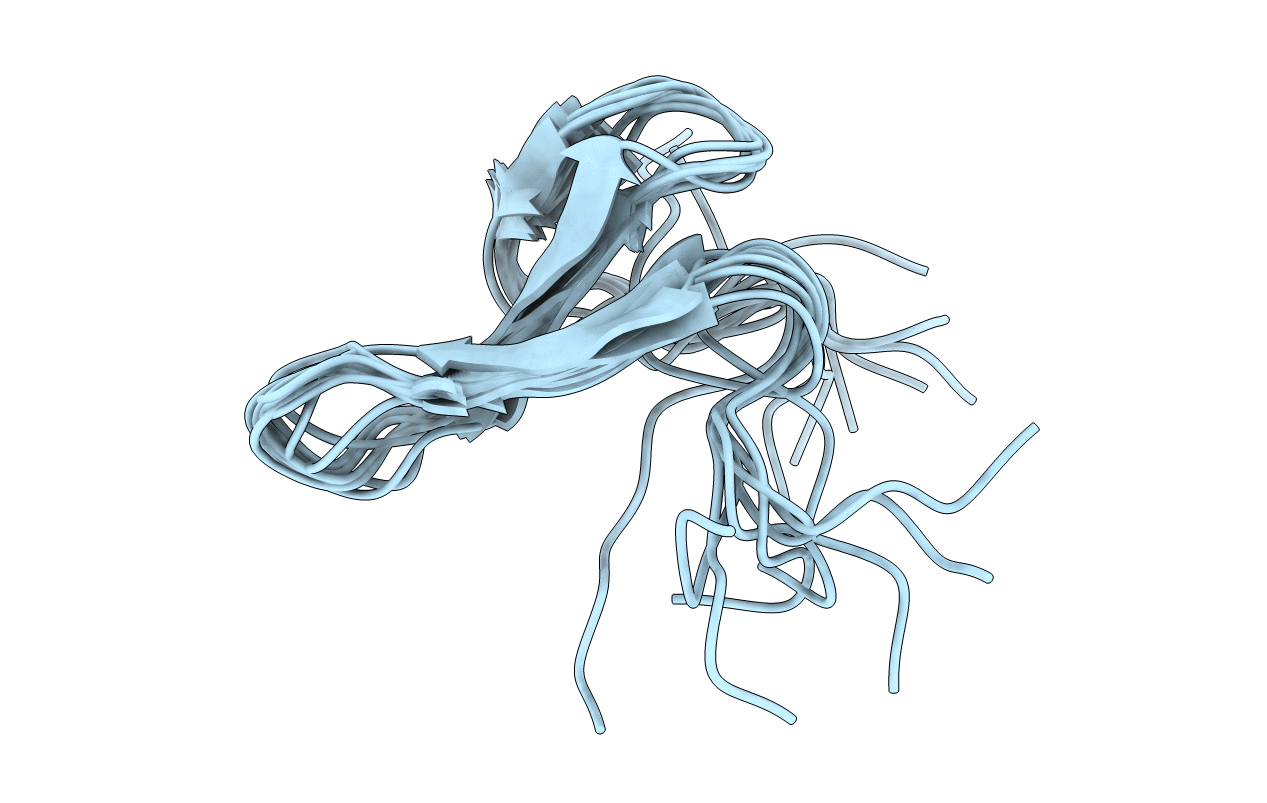
Deposition Date
2015-10-27
Release Date
2016-02-24
Last Version Date
2024-05-01
Method Details:
Experimental Method:
Conformers Calculated:
20
Conformers Submitted:
9
Selection Criteria:
structures with the lowest energy


